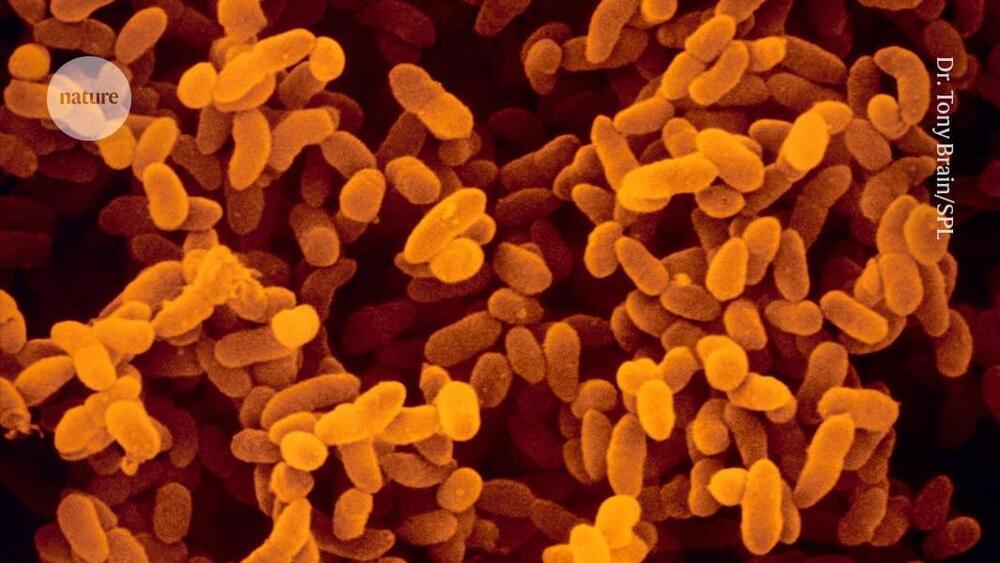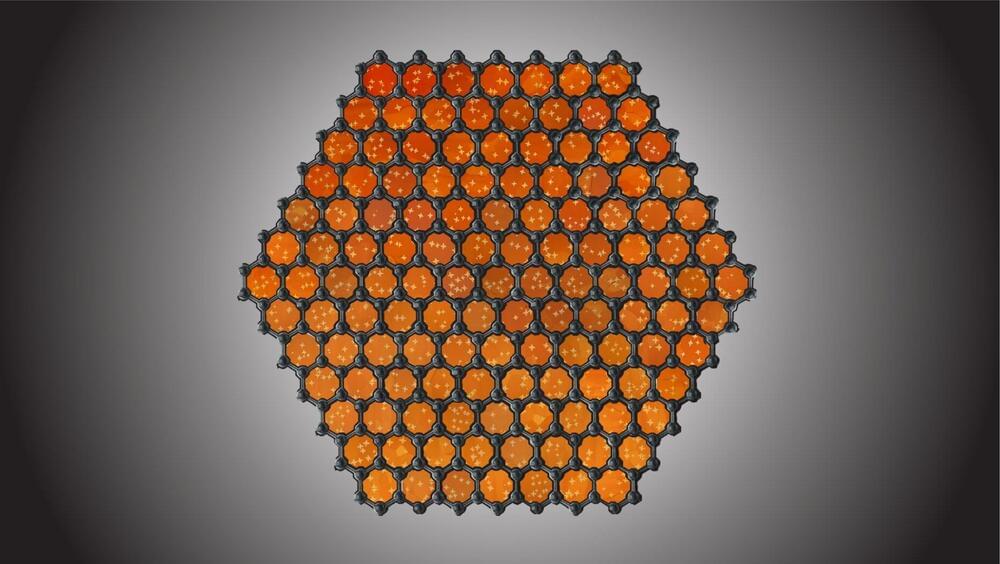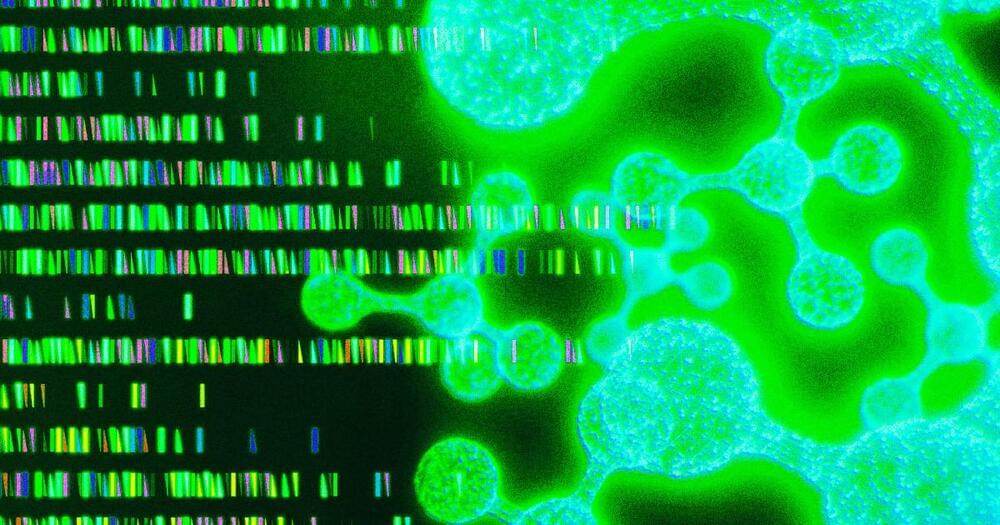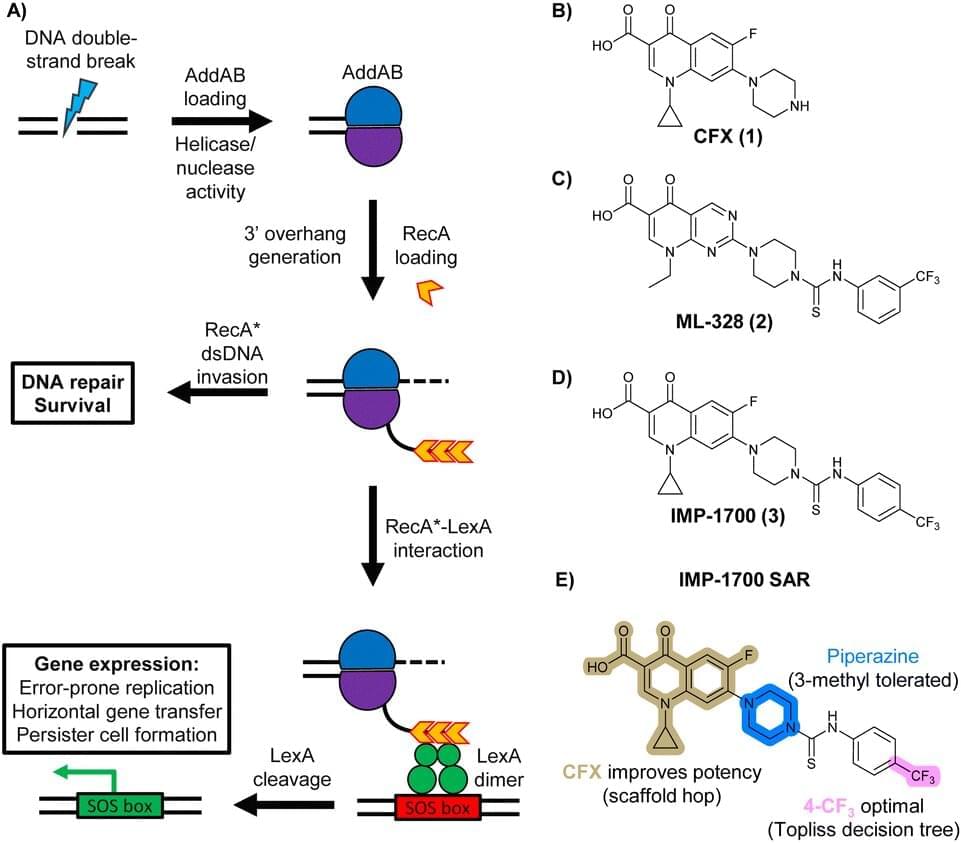Gram negative bacteria have been laughing at us but now we might finally have our revenge, with lolamicin.
Compound called lolamicin targets a group of harmful microbes but does not disturb those that live peacefully in the gut.




Graphene has been called “the wonder material of the 21st century.” Since its discovery in 2004, the material—a single layer of carbon atoms—has been touted for its host of unique properties, which include ultra-high electrical conductivity and remarkable tensile strength. It has the potential to transform electronics, energy storage, sensors, biomedical devices, and more. But graphene has had a dirty little secret: it’s dirty.
Strengthening global pandemic prevention, preparedness and response — priya basu — executive head, the pandemic fund secretariat, the world bank.

#LongevityWe’re born, we grow old, we die. It’s a rhythm long considered inevitable. But is it? Or is aging merely a disease awaiting…

New symptoms such as failing to identify more than one object at a time and a “space perception deficit” could be the first signs of Alzheimer’s disease, a new study has found.
Posterior cortical atrophy (PCA), is a diagnosis for those who struggle with judging distances, distinguishing between moving and stationary objects and completing tasks like writing and it overwhelmingly predicts Alzheimer’s.
In the latest study from researchers at the University of California, San Francisco, some 94 per cent patients with PCA had Alzheimer’s pathology. Most patients with PCA have normal cognition early on, but by the time of their first diagnostic visit, an average 3.8 years after symptom onset, mild or moderate dementia was apparent with deficits identified in memory, executive function, behavior, and speech and language , according to the researchers’ findings.

Researchers from the University of Oxford have developed a new small molecule that can suppress the evolution of antibiotic resistance in bacteria and make resistant bacteria more susceptible to antibiotics. The paper, “Development of an inhibitor of the mutagenic SOS response that suppresses the evolution of quinolone antibiotic resistance,” has been published in the journal Chemical Science.

Nine of 10 American adults are in the early, middle or late stages of a syndrome that leads to heart disease, a new report finds, and almost 10% have the disease already.
“Poor cardiovascular, kidney, and metabolic health is widespread among the U.S. population,” concludes a team led by Dr. Muthiah Vaduganathan of Brigham and Women’s Hospital and Harvard Medical School in Boston.
Researchers looked specifically at rates of what the American Heart Association has dubbed cardiovascular, kidney and metabolic (CKM) syndrome—interrelated factors that progress with time and, if left unchecked lead to heart disease.